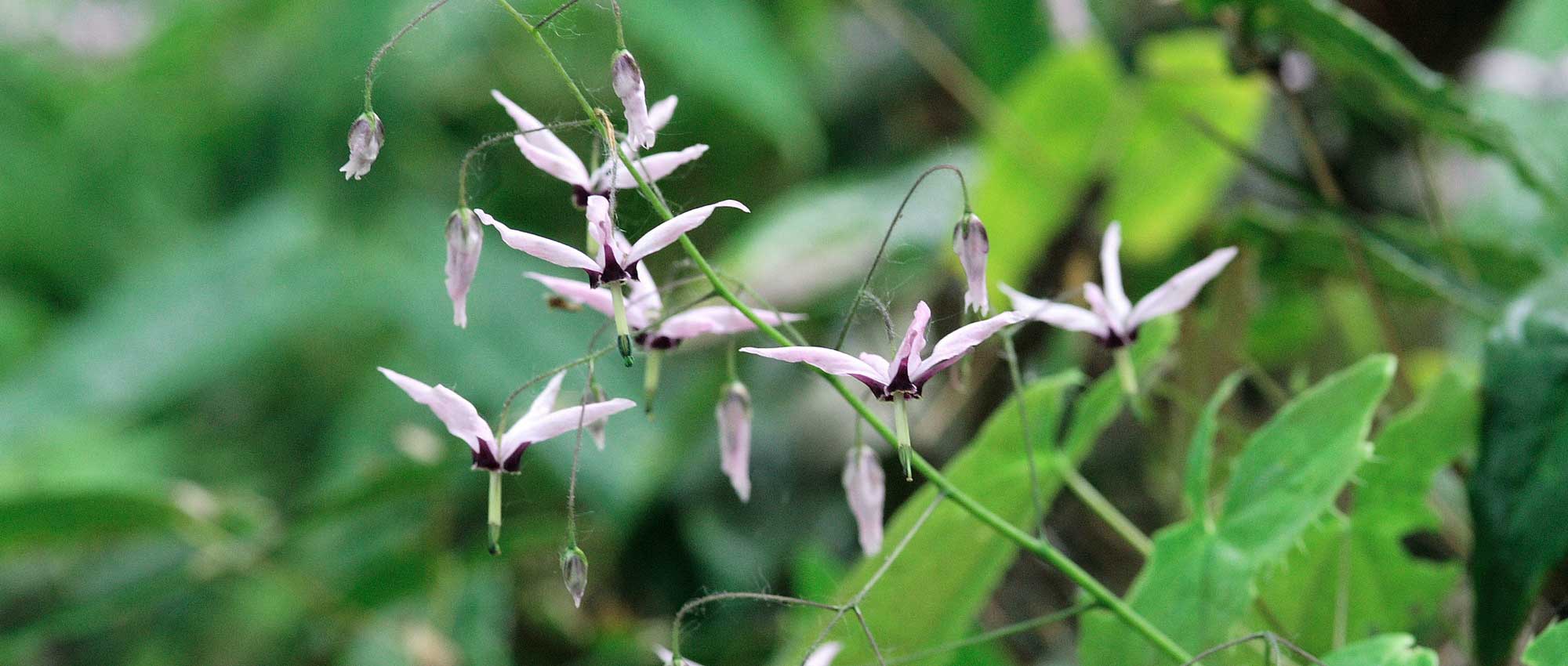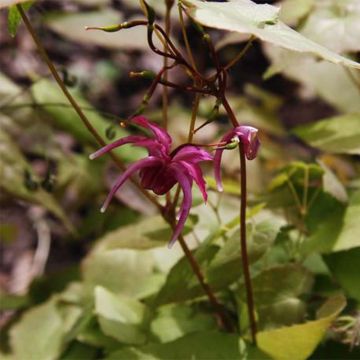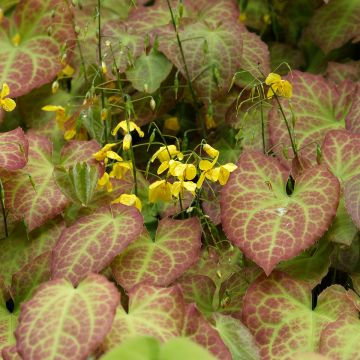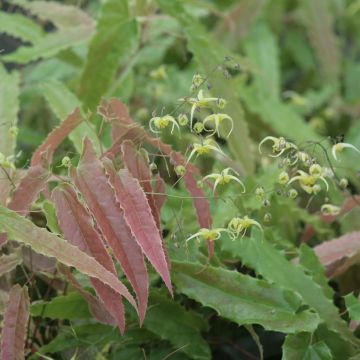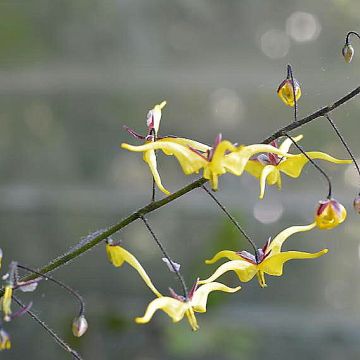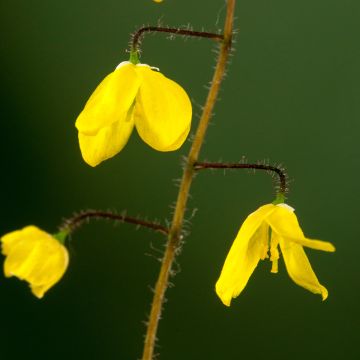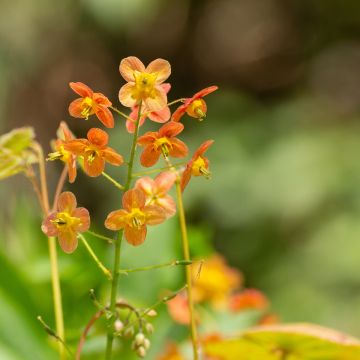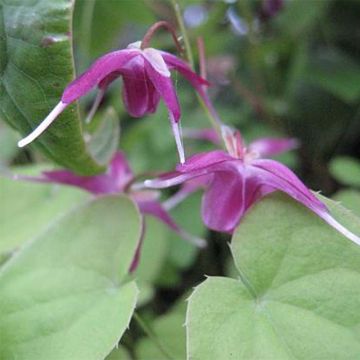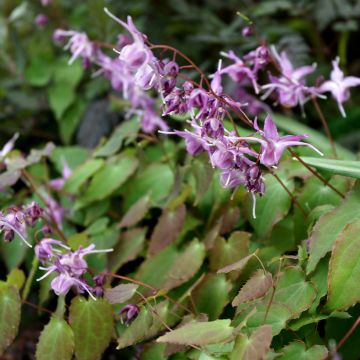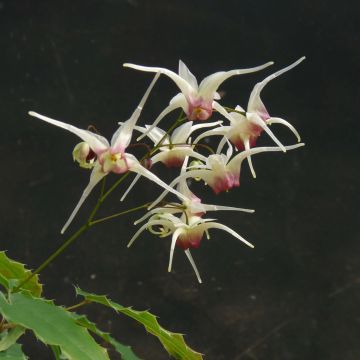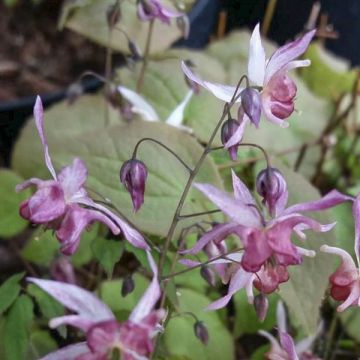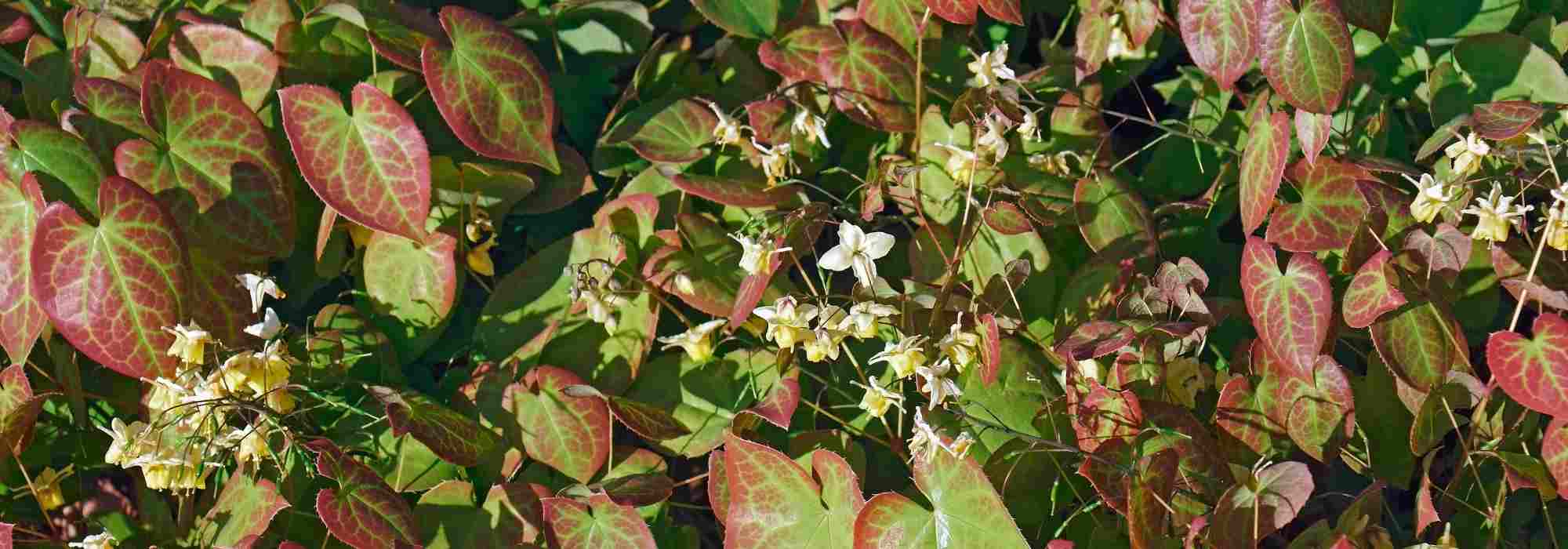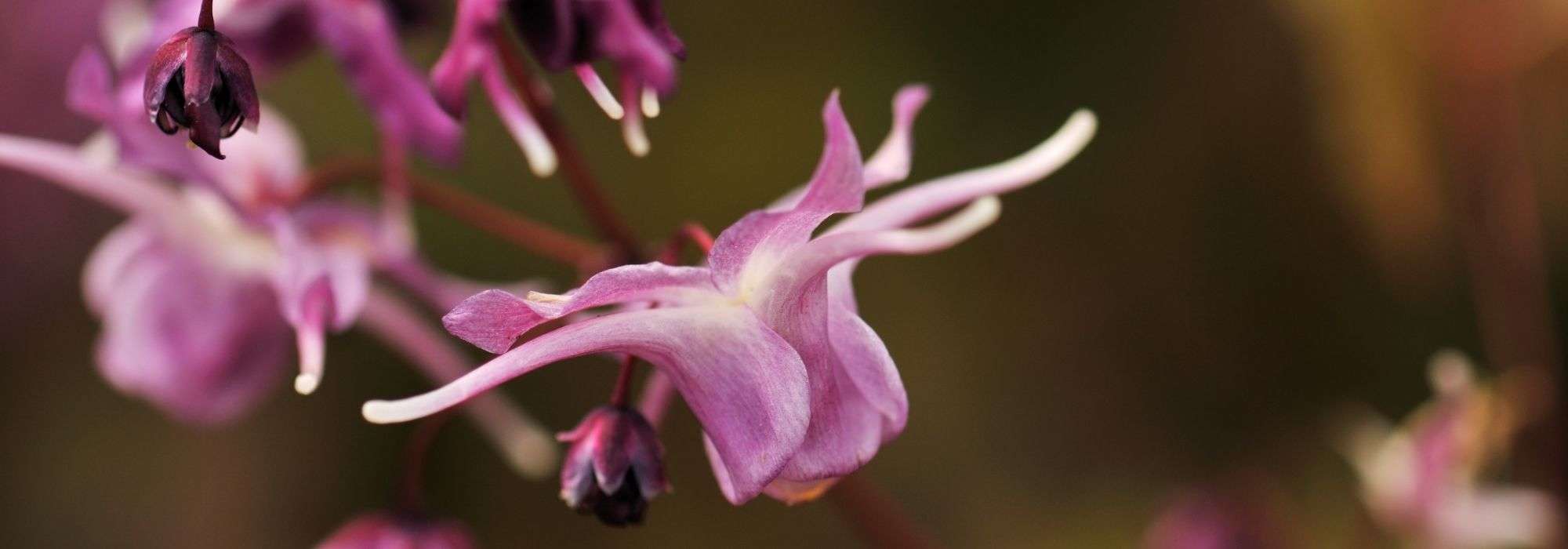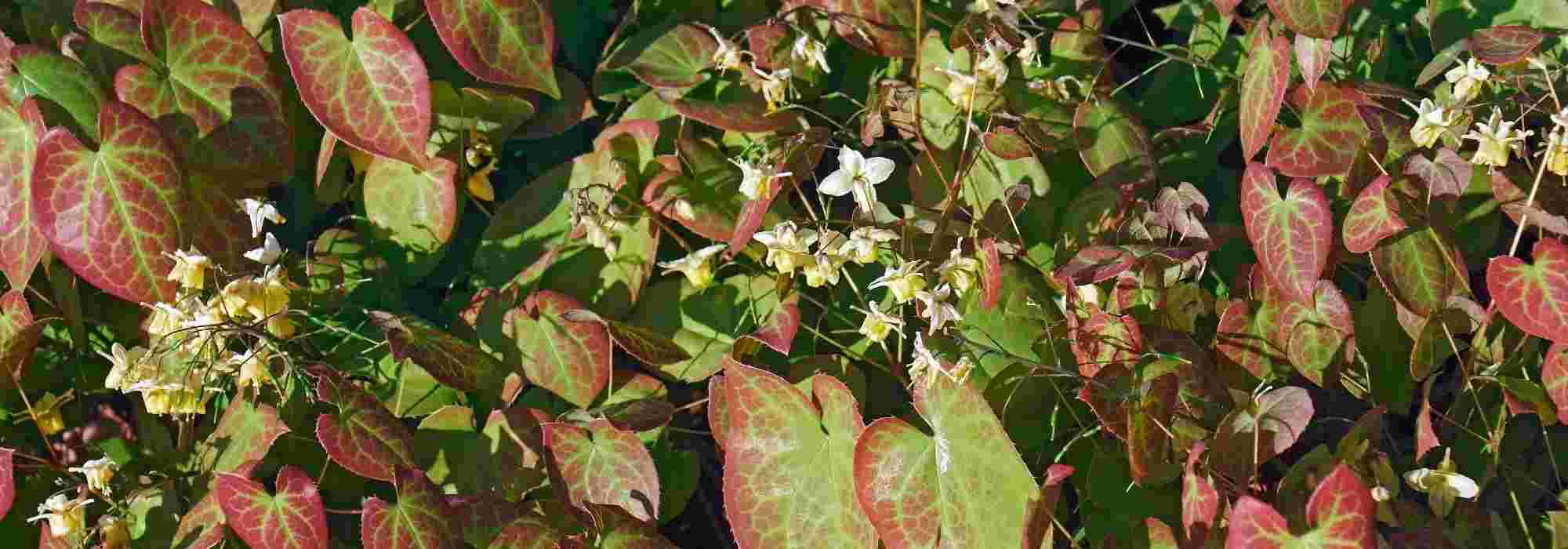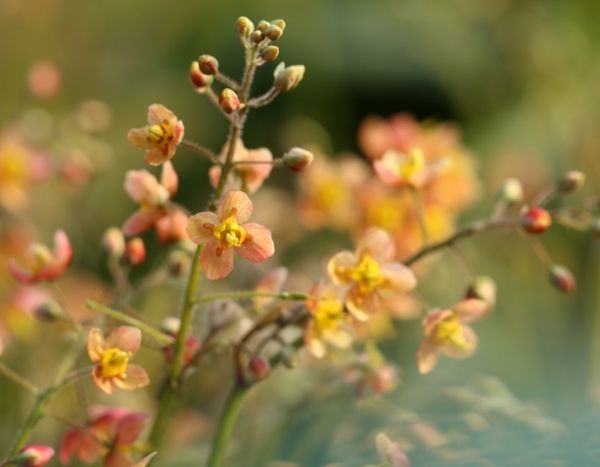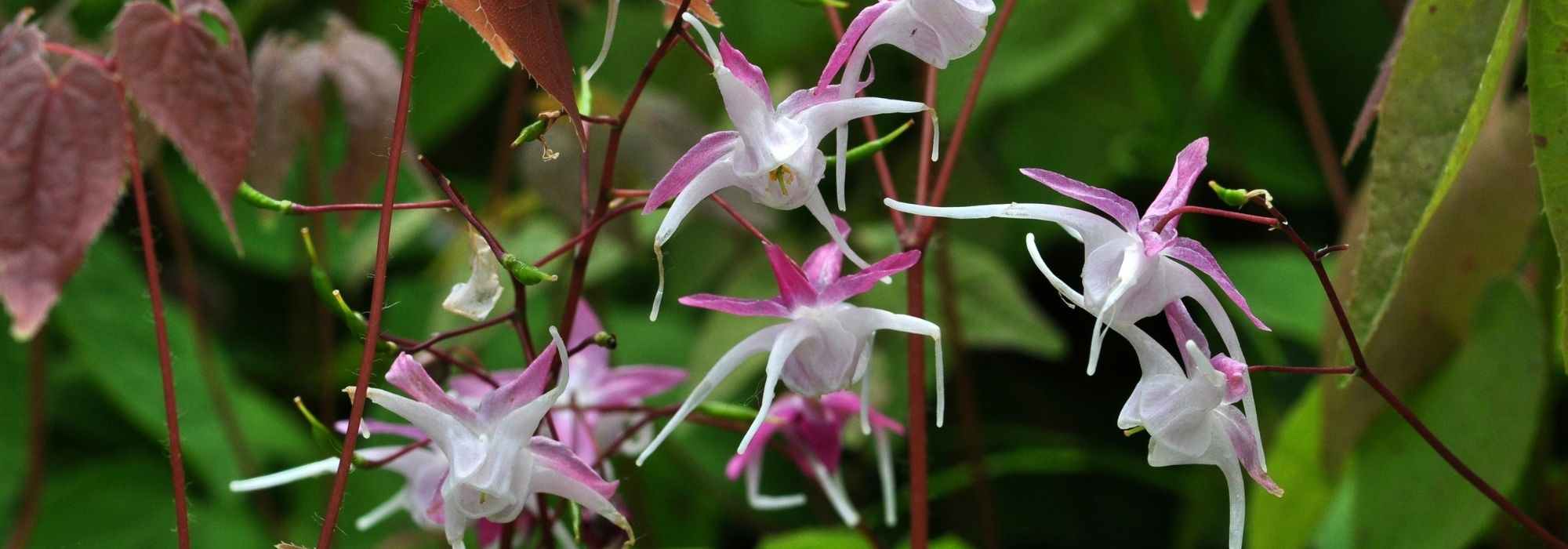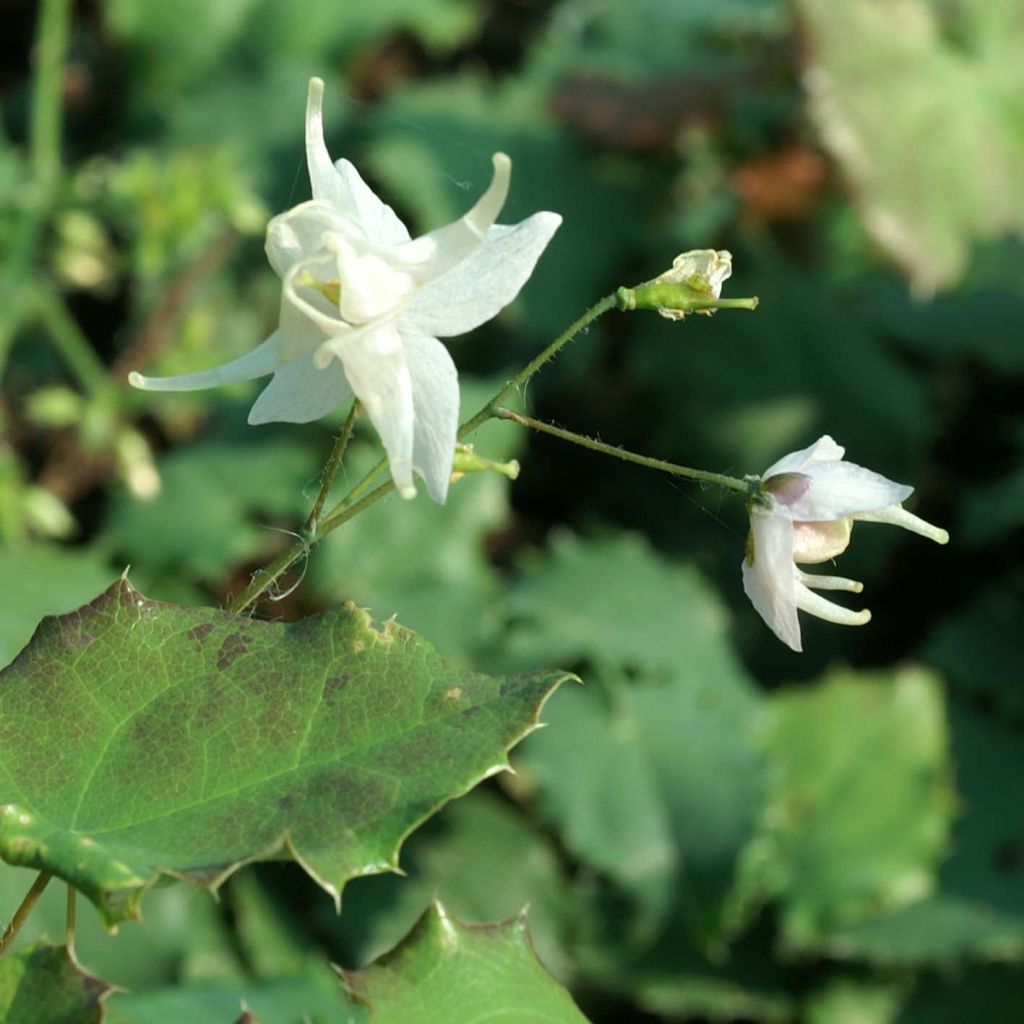

Epimedium pauciflorum - Barrenwort
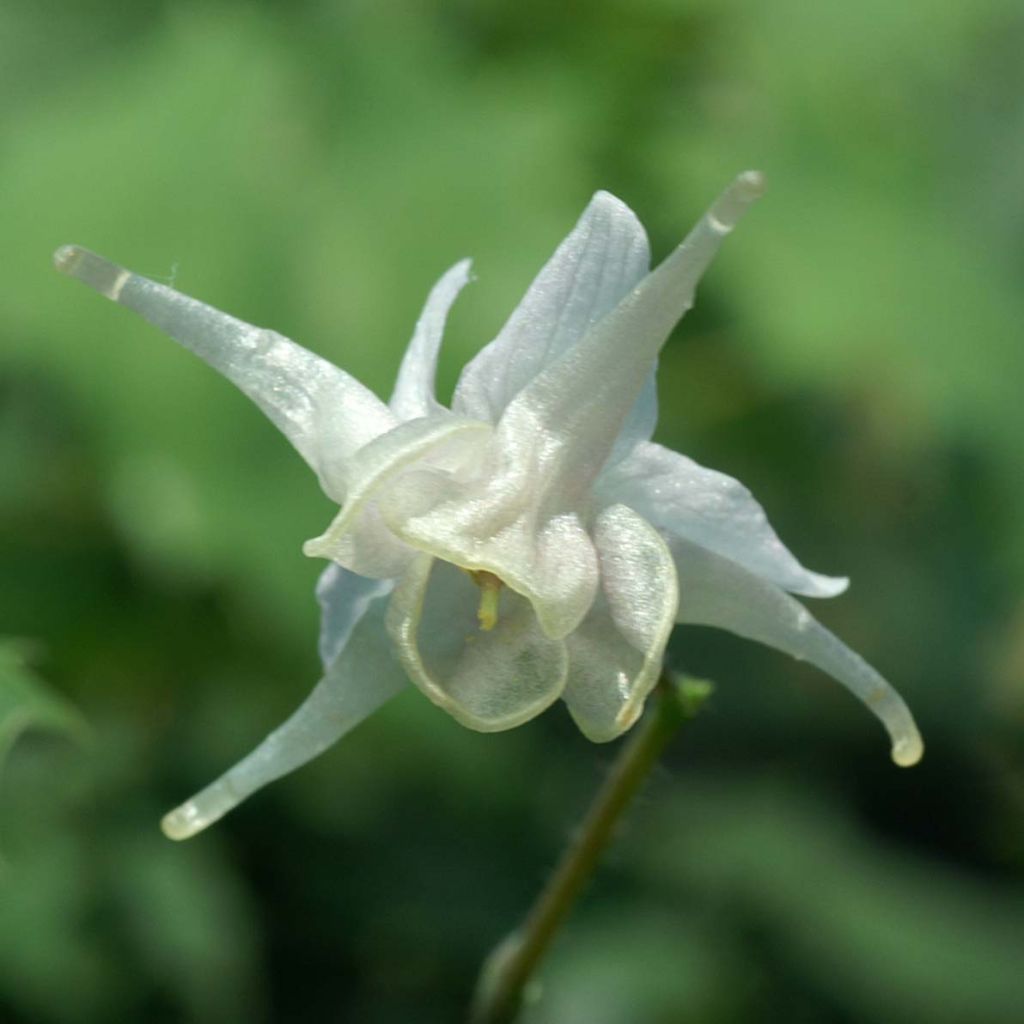

Epimedium pauciflorum - Barrenwort
Epimedium pauciflorum - Barrenwort
Epimedium pauciflorum
Barrenwort
Order arrived quickly and packaging was top-notch, the young plants were well protected.
Aïden, 29/03/2021
Special offer!
Receive a €20 voucher for any order over €90 (excluding delivery costs, credit notes, and plastic-free options)!
1- Add your favorite plants to your cart.
2- Once you have reached €90, confirm your order (you can even choose the delivery date!).
3- As soon as your order is shipped, you will receive an email containing your voucher code, valid for 3 months (90 days).
Your voucher is unique and can only be used once, for any order with a minimum value of €20, excluding delivery costs.
Can be combined with other current offers, non-divisible and non-refundable.
Home or relay delivery (depending on size and destination)
Schedule delivery date,
and select date in basket
This plant carries a 12 months recovery warranty
More information
We guarantee the quality of our plants for a full growing cycle, and will replace at our expense any plant that fails to recover under normal climatic and planting conditions.

Does this plant fit my garden?
Set up your Plantfit profile →
Description
Epimedium pauciflorum is one of the most rewarding epimendiums, due to its ease of cultivation, robustness, beautiful holly-like foliage, and charming columbine-like flowers in shell tones. This perennial groundcover gradually forms a dense and low decorative carpet throughout the year. It works wonders at the base of trees and bushes, as well as in semi-shaded borders, including dry soils in summer.
Epimedium pauciflorum, sometimes considered synonymous with Epimedium platypetalum var. tenuis, belongs to the Berberidaceae family. It is a botanical species native to China, specifically from the Sichuan province where it grows at an altitude of 2000 meters (6562 feet). This rhizomatous perennial plant, which takes a little time to establish, forms a compact ground-hugging tuft that reaches a height of 10-15 cm (4-6in). It is composed of beautiful leathery foliage with undulating and spiny edges, similar to holly leaves. Its leaves are divided into leaflets that are shaped like small hearts and measure 6 cm (2in) long by 4 cm (2in) wide. Their colour ranges from light green with red brick spots to Bordeaux or shiny dark green. Flowering occurs in April-May, sometimes in June, depending on the climate. The flowers are grouped in threes at the top of slender stems. Each flower consists of pale pink rounded sepals and cream-tinted pink petals with silver spurs. The foliage persists in winter, but often dries up in January-February before renewing itself just before flowering.
Epimedium pauciflorum proves to be a dense and robust groundcover, although it goes unnoticed outside of its charming, more white than pink, flowering period. It pairs well with many other perennials and does not suffer from competition with bushes or tall trees.
Epimediums are small. evergreen, understorey shrubs or deciduous perennials, which owe their name to the lightness of their flowers. These very beautiful shade plants can be cultivated in borders or in a large shady rockery, preferably along a path to fully enjoy their great beauty. They can all withstand temperatures as low as -13°C (8.6°F) without any protection. The highly cold-resistant western species can tolerate difficult conditions, such as living in dense shade under trees, in very dry soil or in moist clay soil. The Asian species prefer a soil that remains damp to moist in summer, well-drained, rich in humus, without limestone, and can also tolerate dense shade. They all grow relatively slowly, but can live for many years in one place without any special care.
Epimedium pauciflorum - Barrenwort in pictures
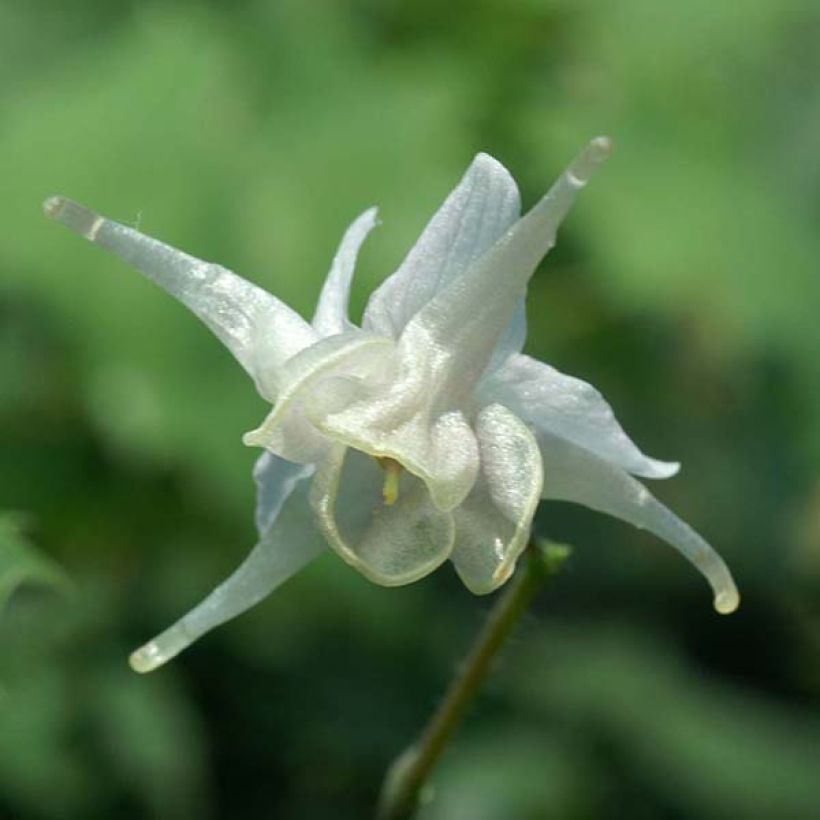

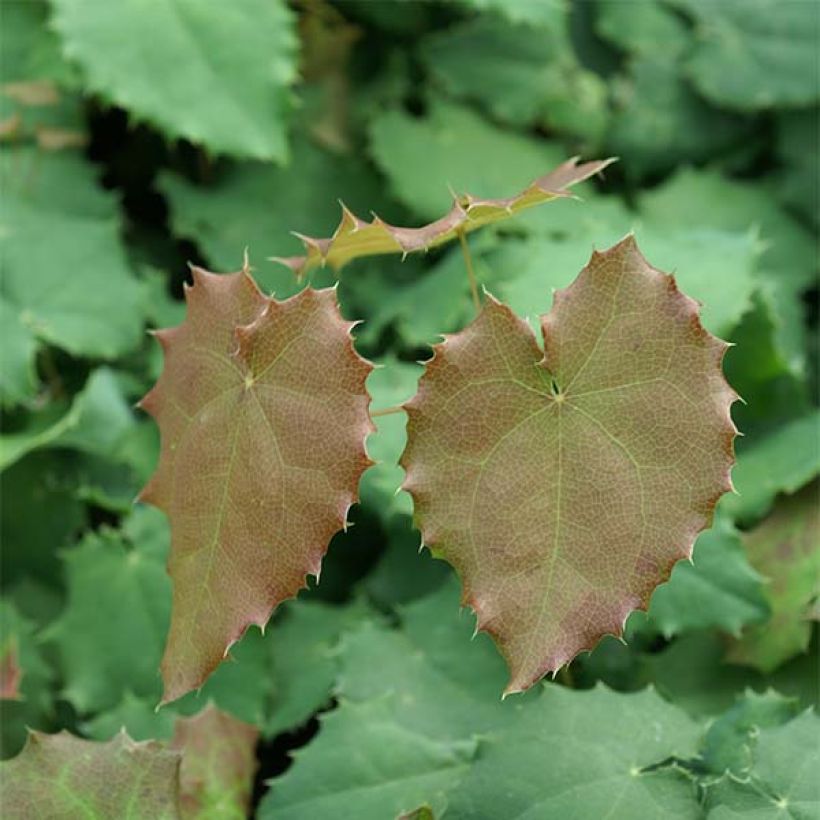

Flowering
Foliage
Plant habit
Botanical data
Epimedium
pauciflorum
Berberidaceae
Barrenwort
China
Other Epimedium - Barrenwort
View all →Planting and care
Epimedium pauciflorom is planted in spring or autumn, in semi-shaded or not too dense shade (undergrowth/edges/borders) in any well-drained soil, from moist to dry in summer. It is a hardy and undemanding plant that adapts to various climates. Avoid excessively wet and heavy soils that can harm its hardiness. Remove old or damaged foliage before the appearance of flower spikes (January-February). An addition of well-decomposed humus or compost in autumn is appreciated.
Planting period
Intended location
Care
Planting & care advice
-
, onOrder confirmed
Reply from on Promesse de fleurs
Haven't found what you were looking for?
Hardiness is the lowest winter temperature a plant can endure without suffering serious damage or even dying. However, hardiness is affected by location (a sheltered area, such as a patio), protection (winter cover) and soil type (hardiness is improved by well-drained soil).

Photo Sharing Terms & Conditions
In order to encourage gardeners to interact and share their experiences, Promesse de fleurs offers various media enabling content to be uploaded onto its Site - in particular via the ‘Photo sharing’ module.
The User agrees to refrain from:
- Posting any content that is illegal, prejudicial, insulting, racist, inciteful to hatred, revisionist, contrary to public decency, that infringes on privacy or on the privacy rights of third parties, in particular the publicity rights of persons and goods, intellectual property rights, or the right to privacy.
- Submitting content on behalf of a third party;
- Impersonate the identity of a third party and/or publish any personal information about a third party;
In general, the User undertakes to refrain from any unethical behaviour.
All Content (in particular text, comments, files, images, photos, videos, creative works, etc.), which may be subject to property or intellectual property rights, image or other private rights, shall remain the property of the User, subject to the limited rights granted by the terms of the licence granted by Promesse de fleurs as stated below. Users are at liberty to publish or not to publish such Content on the Site, notably via the ‘Photo Sharing’ facility, and accept that this Content shall be made public and freely accessible, notably on the Internet.
Users further acknowledge, undertake to have ,and guarantee that they hold all necessary rights and permissions to publish such material on the Site, in particular with regard to the legislation in force pertaining to any privacy, property, intellectual property, image, or contractual rights, or rights of any other nature. By publishing such Content on the Site, Users acknowledge accepting full liability as publishers of the Content within the meaning of the law, and grant Promesse de fleurs, free of charge, an inclusive, worldwide licence for the said Content for the entire duration of its publication, including all reproduction, representation, up/downloading, displaying, performing, transmission, and storage rights.
Users also grant permission for their name to be linked to the Content and accept that this link may not always be made available.
By engaging in posting material, Users consent to their Content becoming automatically accessible on the Internet, in particular on other sites and/or blogs and/or web pages of the Promesse de fleurs site, including in particular social pages and the Promesse de fleurs catalogue.
Users may secure the removal of entrusted content free of charge by issuing a simple request via our contact form.
The flowering period indicated on our website applies to countries and regions located in USDA zone 8 (France, the United Kingdom, Ireland, the Netherlands, etc.)
It will vary according to where you live:
- In zones 9 to 10 (Italy, Spain, Greece, etc.), flowering will occur about 2 to 4 weeks earlier.
- In zones 6 to 7 (Germany, Poland, Slovenia, and lower mountainous regions), flowering will be delayed by 2 to 3 weeks.
- In zone 5 (Central Europe, Scandinavia), blooming will be delayed by 3 to 5 weeks.
In temperate climates, pruning of spring-flowering shrubs (forsythia, spireas, etc.) should be done just after flowering.
Pruning of summer-flowering shrubs (Indian Lilac, Perovskia, etc.) can be done in winter or spring.
In cold regions as well as with frost-sensitive plants, avoid pruning too early when severe frosts may still occur.
The planting period indicated on our website applies to countries and regions located in USDA zone 8 (France, United Kingdom, Ireland, Netherlands).
It will vary according to where you live:
- In Mediterranean zones (Marseille, Madrid, Milan, etc.), autumn and winter are the best planting periods.
- In continental zones (Strasbourg, Munich, Vienna, etc.), delay planting by 2 to 3 weeks in spring and bring it forward by 2 to 4 weeks in autumn.
- In mountainous regions (the Alps, Pyrenees, Carpathians, etc.), it is best to plant in late spring (May-June) or late summer (August-September).
The harvesting period indicated on our website applies to countries and regions in USDA zone 8 (France, England, Ireland, the Netherlands).
In colder areas (Scandinavia, Poland, Austria...) fruit and vegetable harvests are likely to be delayed by 3-4 weeks.
In warmer areas (Italy, Spain, Greece, etc.), harvesting will probably take place earlier, depending on weather conditions.
The sowing periods indicated on our website apply to countries and regions within USDA Zone 8 (France, UK, Ireland, Netherlands).
In colder areas (Scandinavia, Poland, Austria...), delay any outdoor sowing by 3-4 weeks, or sow under glass.
In warmer climes (Italy, Spain, Greece, etc.), bring outdoor sowing forward by a few weeks.






























